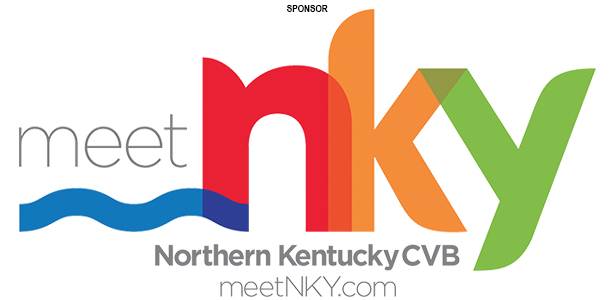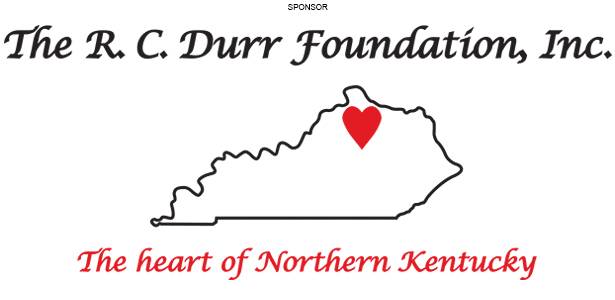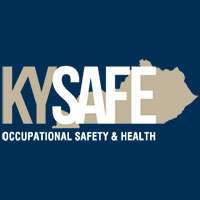According to the National Center of Charitable Statistics, there are more than 1.5 million nonprofit organizations registered in the United States, that include political organizations, educational services, business associations, churches, charities, religious organizations, human services, social clubs, and consumer cooperatives.
A nonprofit can be defined as a legal entity organized and operated for a collective, public or social benefit, in contrast to an entity that operates as a business aiming to generate a profit for its owners.
Key aspects of nonprofits are accountability, trustworthiness, honesty, and openness to every person who has invested time, money, and faith into the organization.

Nonprofit organizations are accountable to the donors, founders, volunteers, program recipients, and the public community.
Theoretically, for a nonprofit that seeks to finance its operations through donations, public confidence is a factor in the amount of money that a nonprofit organization is able to raise. The more a nonprofit focuses on their mission, the more public confidence they will gain. resulting in more money for the organization. The activities a nonprofit undertakes as well as its ethical the standards and practices can build the public’s confidence.
However, even if your organization doesn’t sell a product or generate profit, there are still several potential risks that can affect your employees, assets, volunteers, directors and officers, and most importantly, your mission.
I have seen countless claims brought against nonprofit organizations, and many come from what I call blind spots in their risk management and insurance programs. For example, a volunteer could sue your directors and officers for discrimination or harassment, leading to costly litigation. Additionally, should an individual injure themselves at one of your events or on your property, they could bring a claim against you.
Nonprofits depend heavily on the kindness of volunteers to successfully carry out their mission. However, should one of these individuals injure themselves while serving your organization, you could be held liable for any damages. What’s more, insurance coverage for volunteers isn’t always available under general liability policies. Accordingly, many nonprofits choose to insure their volunteers under a stand-alone insurance policy.
Nonprofit organizations provide essential social services that benefit communities and their members. These organizations cannot survive without a solid volunteer Board of Directors assigned to elect officers, adopt policies and make major financial decisions for the organization. Although the members of the board are volunteers, there is a certain amount of risk involved in holding one of these positions. Specifically, even when acting in good faith, board members are subject to personal liability, which may affect their personal financial status because of their business decisions.
Therefore, it is imperative that your organization and Board of Directors understand the risks involved as volunteers, their responsibilities as board members, and the ways in which they can protect themselves from personal liability.
 Keven Moore works in risk management services. He has a bachelor’s degree from the University of Kentucky, a master’s from Eastern Kentucky University and 25-plus years of experience in the safety and insurance profession. He is also an expert witness. He lives in Lexington with his family and works out of both Lexington and Northern Kentucky. Keven can be reached at kmoore@higusa.com
Keven Moore works in risk management services. He has a bachelor’s degree from the University of Kentucky, a master’s from Eastern Kentucky University and 25-plus years of experience in the safety and insurance profession. He is also an expert witness. He lives in Lexington with his family and works out of both Lexington and Northern Kentucky. Keven can be reached at kmoore@higusa.comTo combat the chance of affecting the personal liability of board members, nonprofit organizations should assess the risks involved with holding these positions. Your organization should first develop a volunteer risk management committee to identify all risks and pose solutions to minimize potential harm. In addition, you need to ensure that the board members understand their governance responsibilities. Your nonprofit should educate its board on its legal duties, fiduciary duties, and decision-making roles. Furthermore, the risk committee should ensure the following:
• The organization is working within its stated mission
Funds are spent according to the mission and spending decisions are known to donors.
• The organization does not accept donations with conditions
• Individuals with personal agendas are not allowed to sit on the board
Board members are not using professional contacts in dealings with the nonprofit
Once the risks are assessed and the Board of Directors is aware of those risks, they must also understand the responsibilities associated with the positions they hold. Legally, board members have three main duties, duty of care, duty of loyalty & duty of obedience.
Since there are risks involved with being part of a nonprofit Board of Directors, there are several protections available to minimize personal liability.
First, there are federal and state statutes designed to protect individuals acting in good faith. The federal Volunteer Protection Act provides shielding for individuals acting on behalf of an organization within the scope of their position, as long as the actions are not criminal, negligent or reckless. All state volunteer protection statutes must provide at least the amount of protection that the federal law provides.
Secondly, most nonprofit organizations have indemnification provisions in their bylaws. These provisions explain that the organization will cover the legal expenses accrued in the event of a lawsuit. However, if the organization does not have excess funds, it may not be able to support this provision. In addition, if the board member was not acting in good faith, the provision becomes null and void.
Thirdly, nonprofit organizations should strongly consider purchasing insurance to cover their board members in situations that fall outside of the indemnification provisions or in the event that their financial situation does not allow them to cover extensive legal expenses.
Nonprofits should consider the following additional insurance policies:
• Property: to include your building, fixtures, office equipment, data, signage and similar items—play a key role for your organization. And, in the event of a loss caused by fires, theft, vehicles or vandalism, your nonprofit can suffer major financial damages. What’s more, a single incident can affect multiple aspects of your property, compounding costs and downtime for your organization.
• Commercial General Liability (CGL): Protects volunteers and guests from bodily injury and personal injury claims.
• Workers Compensation: Some states allow organizations to cover volunteers in the event that they are injured while on the job.
• Automobile Liability: Coverage is needed for volunteers operating vehicles while working on behalf of the organization.
• Directors’ and Officers’ Liability (D&O): Protects directors and officers against employees, clients and community members serviced by the organization. Specifically, D&O provides coverage for discrimination, harassment and wrongful termination claims. Provisions within the Americans with Disabilities Act of 1990, the Family and Medical Leave Act of 1993 and the Civil Rights Act of 1991 have led to claims against nonprofit organizations and their respective boards.
• Cyber insurance: As more and more nonprofits use databases to keep records of members, clients, volunteers and donations, cyber exposures will continue to increase. In fact, nonprofits are a common target for cybercriminals, as these organizations often process high-volume checks and credit/debit card information when taking donations. In addition, volunteers and employees who are improperly trained on computer and data safety could leave your organization exposed to ransomware, viruses, phishing scams, and malware.
As representatives of the nonprofit, directors and officers need protection, as they will be held liable along with the organization in the event of any wrongdoing.
Nonprofits should strongly consider D&O insurance since most individuals will not volunteer on a board with the knowledge that they are risking their personal assets in the event of litigation. Proper insurance coverage and other risk management strategies can help ensure that your organization and its Board of Directors are protected against liability.
Be Safe My Friends

















